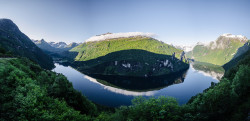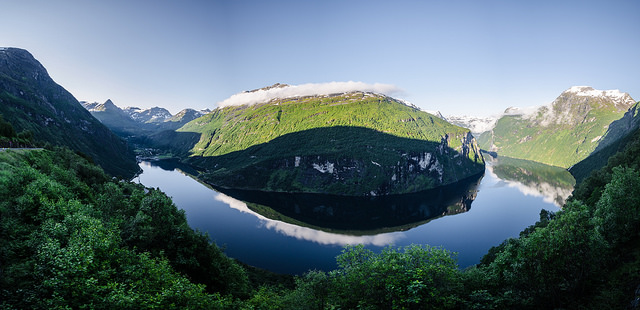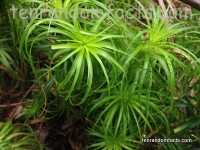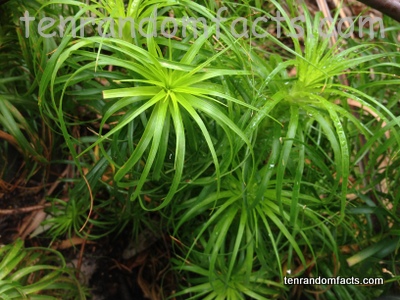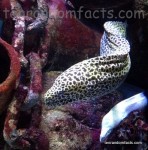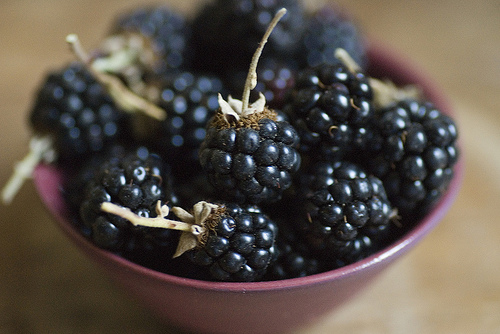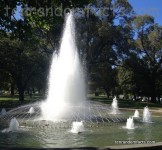
Gotta Catch ’em All – the Pokémon slogan.
- Pokémon is a major video gaming franchise published by Nintendo and produced by Game Freak, of which the main series has been and is released on Nintendo’s handheld consoles; and the game developers, Game Freak, nearly became bankrupt due to the lengthy production of the first games.
- Pokémon follows a role-playing game format were the player is depicted as a human, named a ‘trainer’, that travels the land to find, capture, battle, train, evolve, and trade the fictional creatures named “Pokémon”.
- The term “Pokémon” is a contraction, derived from the Japanese name “Poketto Monsutā”, meaning “Pocket Monsters”, and during early development the game was known as “Capsule Monsters”.
- The idea for Pokémon was created by video game designer Satoshi Tajiri, from Japan, however he was unsuccessful in marketing it to Nintendo for development, until Shigeru Miyamoto, also a Japanese video game designer, identified its potential and initiated its development around 1990.
- Pokémon was inspired by the hobby of insect collecting and the aspiration for the creator to introduce the new generation to an equally pleasurable hobby involving creatures, in a quickly industrialising Japan.
Pokémon Logo
Image courtesy of The Pokémon Company
- Pokémon has been adapted from the handheld games into multiple spin-off versions, including a unique and anticipated massive multiplayer location-based game, and it has been adapted into film, anime, manga, trading cards, figurines and more.
- The first Pokémon game was released in early 1996, exclusive to Japan as a Red version and Green version for the Game Boy handheld device, and it originally experienced average sales until the Japanese magazine CoroCoro began a competition allowing a small number of people to obtain a previously unknown bonus character, which subsequently boosted sales and general popularity.
- The general aesthetics of the first Pokémon versions were below average, however these aesthetics were pleasingly enhanced in the similar Blue version, which had a limited release in 1996, and in the sequels Gold and Silver, both released commercially in 1999 in Japan.
- Pokémon risked changes to its visuals on its importation to America to better cater for its audience, but it was eventually released faithful to the originals under the Red and Blue versions in 1998.
- As of the end of 2015, the Pokémon franchise consisted of 721 known individual Pokémon species across six generations, and a total of twenty-four main-series games.




